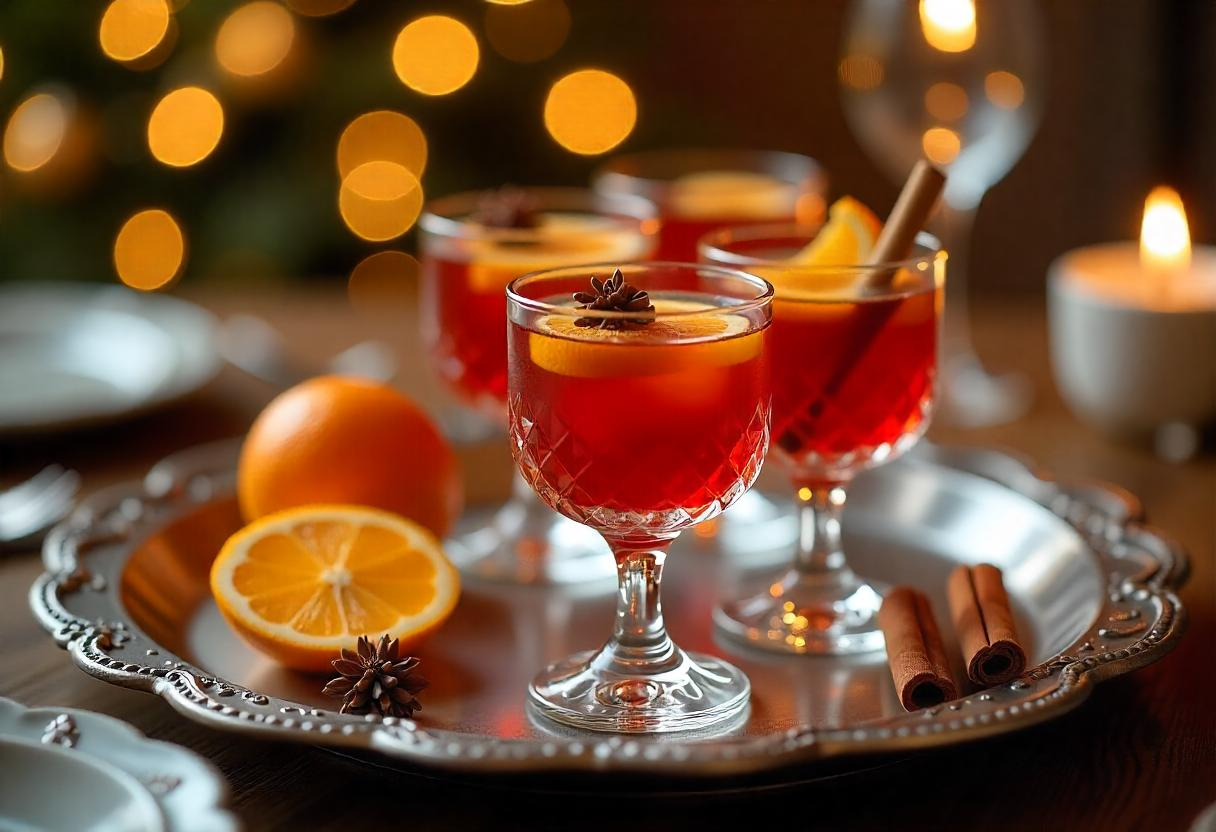
Nestled on the southeastern coast of China, Hong Kong stands as a dazzling metropolis and a global culinary powerhouse. This vibrant city, a former British colony and now a Special Administrative Region of China, has blossomed into a gastronomic melting pot, offering a rich tapestry of flavors that blend Cantonese traditions with international influences. From humble street food stalls to Michelin-starred restaurants, Hong Kong offers an unparalleled dining experience that captivates food lovers from around the world. Let’s explore why Hong Kong deserves its place among China’s top culinary locations, delve into its rich history, and discover the gastronomic adventures awaiting food enthusiasts in this dynamic city.
Why Hong Kong Ranks Among China’s Best Culinary Locations
Culinary Crossroads: Hong Kong’s unique history as a British colony and a major trading port has made it a crossroads of culinary influences, blending Cantonese, Western, and Southeast Asian flavors.
1. Dim Sum Capital: Hong Kong is renowned for its dim sum culture, with countless restaurants offering a wide variety of these delectable small plates, from steamed dumplings to savory pastries.
2. Fresh Seafood Abundance: The city’s coastal location ensures access to an abundance of fresh seafood, contributing to its reputation for delicious and diverse marine cuisine.
3. Innovative Dining Scene: Hong Kong is known for its forward-thinking chefs who push culinary boundaries, creating exciting new interpretations of classic dishes.
4. Michelin-Starred Excellence: The city boasts a high concentration of Michelin-starred restaurants, demonstrating its commitment to culinary excellence.
5. Street Food Paradise: Hong Kong offers a vibrant street food scene, providing affordable and delicious options for locals and tourists alike.
6. Diverse Culinary Options: From traditional Cantonese restaurants to international fine-dining establishments, Hong Kong caters to all tastes and budgets, offering a wide range of dining experiences.
7. Emphasis on Fresh Ingredients: Hong Kong chefs prioritize the use of fresh, seasonal ingredients, ensuring the highest quality and flavor in their dishes.
Culinary Adventures in Hong Kong

⁎ Dim Sum Discovery: Embark on a dim sum adventure, exploring traditional tea houses and modern dim sum restaurants to sample a wide variety of these bite-sized delicacies.
⁎ Street Food Tour: Dive into the bustling streets of Hong Kong, sampling local favorites like egg waffles, curry fish balls, and wonton noodles at street food stalls.
⁎ Seafood Feast in Sai Kung: Take a trip to the Sai Kung Peninsula and indulge in a seafood feast at one of the waterfront restaurants, selecting fresh catches from the tanks and enjoying stunning views of the harbor.
⁎ Cooking Classes: Join a hands-on cooking class to learn the secrets of Cantonese cuisine. Many classes focus on dim sum preparation or roasting techniques.
⁎ Afternoon Tea: Experience a luxurious afternoon tea at one of Hong Kong’s grand hotels, enjoying a selection of pastries, sandwiches, and teas with stunning views of the city skyline.
⁎ Fine Dining Experience: Treat yourself to a meal at one of Hong Kong’s acclaimed Michelin-starred restaurants, such as Lung King Hee or Amber, for an unforgettable gastronomic experience.
⁎ Wine Tasting: Explore the world of wine in Hong Kong, with its many upscale bars and wine shops.
A Brief History of Hong Kong’s Culinary Scene
⁎ Hong Kong’s culinary history is a fascinating tale of cultural exchange and adaptation. Before becoming a British colony in 1842, Hong Kong was a small fishing village with a limited agricultural base. The arrival of the British and the subsequent opening of Hong Kong as a free port transformed the city into a global trading hub.
⁎ The influx of foreign merchants and laborers brought new ingredients and cooking techniques to Hong Kong. Western-style restaurants and bakeries began to appear, catering to the tastes of the expatriate community.
⁎ The Cantonese population, who migrated from mainland China to Hong Kong, also played a crucial role in shaping the city’s culinary scene. They brought with them their rich culinary traditions, including dim sum, Cantonese roast meats, and seafood preparations.
⁎ The blending of Cantonese and Western influences gave rise to a unique culinary style known as “Soy Sauce Western” cuisine, which features familiar Western dishes prepared with Chinese ingredients and seasonings.
⁎ The post-World War II era saw Hong Kong’s economy boom, leading to a surge in prosperity and a growing demand for fine dining experiences. This period marked the rise of Hong Kong as a global culinary center, attracting talented chefs from around the world.
⁎ In recent decades, Hong Kong has continued to innovate and push culinary boundaries. The city’s chefs have been at the forefront of creating new dishes and reinventing classic techniques, solidifying Hong Kong’s status as a top destination for food lovers from around the world.
10 Iconic Recipes from Hong Kong

1. Dim Sum: Not just a dish, but a dining experience. Dim sum encompasses a vast array of bite-sized delicacies, such as har gow (shrimp dumplings), siu mai (pork dumplings), and char siu bao (barbecue pork buns).
2. Roast Goose: Crispy-skinned roast goose is a Hong Kong specialty, often prepared with a secret blend of herbs and spices.
3. Wonton Noodles: These thin egg noodles are served in a clear broth with delicate shrimp wontons, garnished with chives and sometimes dried shrimp roe.
4. Char Siu: Cantonese-style barbecued pork, characterized by its sweet and savory flavor and its vibrant red color.
5. Sweet and Sour Pork: Crispy pork cubes coated in a tangy sweet and sour sauce, a popular Cantonese dish that has gained popularity worldwide.
6. Egg Tart: These custard-filled pastries are a legacy of British colonial rule and a beloved Hong Kong treat.
7. Milk Tea: A Hong Kong-style milk tea, made with strong black tea, evaporated milk, and sugar. It’s a staple of local cafes and a testament to the city’s British influences.
8. Pineapple Bun: Despite its name, this sweet bun does not contain any pineapple. It’s characterized by its crumbly, sweet topping that resembles the texture of pineapple.
9. Curry Fish Balls: A popular street food snack featuring fish balls simmered in a flavorful curry sauce.
10. Claypot Rice: Rice cooked in a clay pot with various toppings, such as Chinese sausage, chicken, or spare ribs. The dish is characterized by its crispy rice crust at the bottom of the pot.
Hong Kong’s culinary scene is a testament to the city’s rich cultural heritage, innovative spirit, and position as a global crossroads. From humble street food stalls to world-renowned Michelin-starred establishments, Hong Kong offers a gastronomic journey that captivates food lovers from around the globe. As you explore this dynamic metropolis, you’ll discover that in Hong Kong, food is not just sustenance – it’s a way of life, a celebration of cultural fusion, and a gateway to understanding the heart and soul of this vibrant city. Whether you’re savoring a perfectly prepared dim sum feast, indulging in crispy roast goose, or exploring the bustling streets for local snacks, Hong Kong promises an unforgettable culinary adventure.
The city’s ability to honor its culinary traditions while embracing innovation ensures that Hong Kong will continue to be a top destination for food enthusiasts for years to come. With its unique blend of Cantonese flavors, international influences, and cutting-edge dining options, Hong Kong offers a feast for all the senses, making it a must-visit destination for anyone seeking to experience the true depth and diversity of Chinese cuisine. If you get a chance, try to see some of the unique local dining customs as well. One is called Dai Pai Dong which is a type of open air restaurant with all sorts of delicacies. The chaotic hustle is one to experience for yourself!


